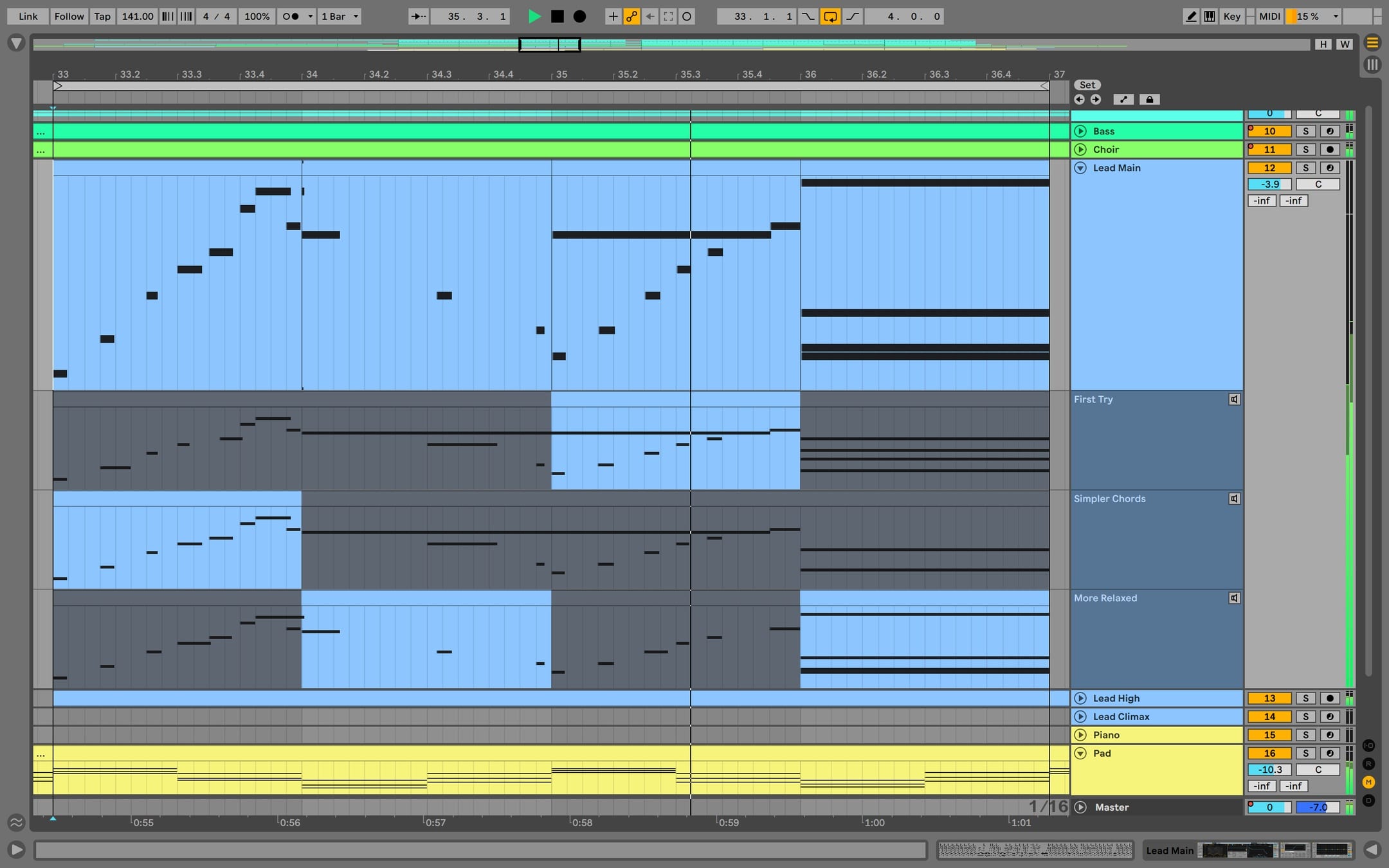
Max for Live outgrows Suite, with Live 11 and brings its power to both Intro and Standard versions. ( 22:46) With Fold to Scale mode, it’s easy to use the pencil tool and draw in sequences to find a musical starting point. They’re both exciting tools for the sound designer, and we’ve no doubt they will birth some future sonic trends. The two new Spectral devices (Resonator and Time) can create deep and thick textures. It includes handy features such as Vintage mode for lower fidelity and a deeper sense of space than the existing reverb options. Hybrid Reverb is simple to use and customise. The most notable is Suite’s Hybrid Reverb which blends algorithmic and convolution elements, adding a much-needed new palette for spatial effects.

If you already own MPE instruments, such as the industry-standard Serum, you’ll be pleased to know Live 11 provides MPE support for third-party plug-ins ( 7:47).Ībleton Live 11 comes with a raft of new MIDI and Audio devices. Live’s Suite’s Wavetable synth and Sampler support MPE, as does Simpler, which comes with all versions of Live. It’s a sound designer’s dream, too, because you can programme movement in overlapping notes. If you’ve seen the ROLI Seaboard, you’ve seen this in action and how expressive the player can be with all this data per note. With an MPE-capable controller, you can perform and record pitch, slide, velocity, pressure and velocity release per note. Put simply, this allows for sound parameters to change per-note, not just to entire instruments. The final addition to MIDI in Live 11 is the MIDI Polyphonic Expression (MPE) protocol.

( 1:16) Traditional note editing still has its place, but the new sonic opportunities with MPE are very exciting for pitch and timbre changes in polyphonic composition.
Ableton 11 live standard software#
Users of Push 2 will be very familiar with this behaviour, so it’s great to see this option for software orientated programmers. This feature folds away notes outside your chosen scale and gives you access to a broader range of scales than you might otherwise be able to summon from memory. Scale overlays also speed up programming within a specific scale. You can set these to 100% for foundational notes, then choose lower values for less integral notes to decorate your idea. You can now give MIDI notes a probability of playing from one pass of a MIDI Clip to the next, and even create a range of velocity values for each pass. Live’s handling of MIDI data has been significantly improved in version 11 with randomisation factors via the new probability editor. (Watch our overview video at 13:14 to see the feature in action.) Couple this with the power of Live’s audio warp modes, and you’ve got stacks of editing options for natural – and unnatural – results. You can choose to keep this comp live and editable, or render the audio (or MIDI) and commit.

Simply drawing in the desired sections of your takes across the many lanes of recordings will create a non-destructive comp in your main lane. Live 11 rectifies this situation, allowing comping of MIDI and Audio recordings, and it works exceptionally well. Then you can draw to let different portions of each ‘take’ become one new idea in the Main Lane.

Take Lanes for compiling can be used creatively to host different audio files. Comping (or compiling) is virtually essential when recording multiple takes of a performance, and it’s a feature that has been available in almost all the other DAWs for years. However, as Live has added practical features over the years to make it more competitive against traditional DAWs, its Achilles heel has long been a lack of comping tools. Despite Live’s DNA in performance, one of its great strengths is the number of use cases it serves, making it the production software of choice for a wide variety of audio professionals.


 0 kommentar(er)
0 kommentar(er)
